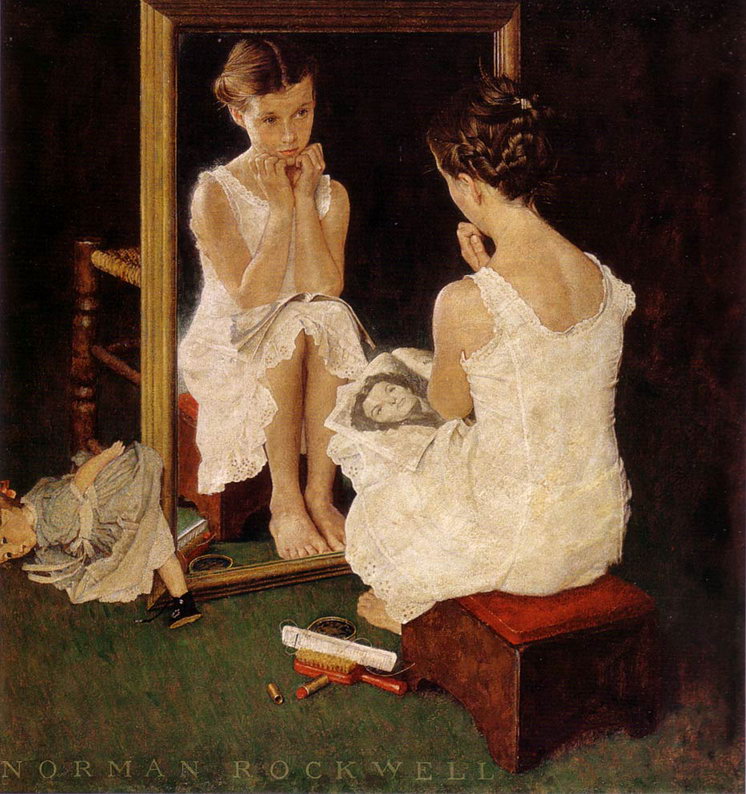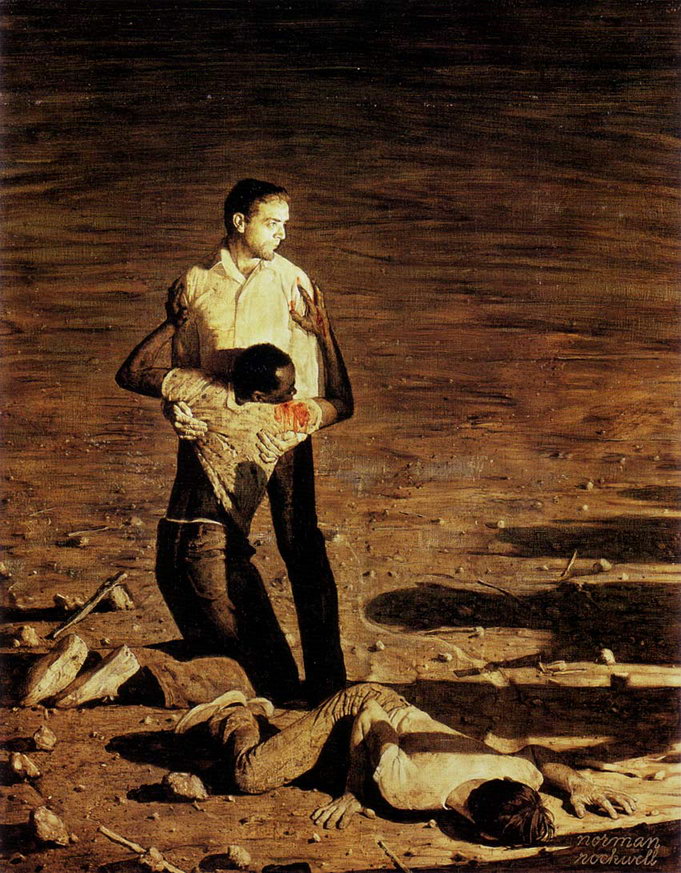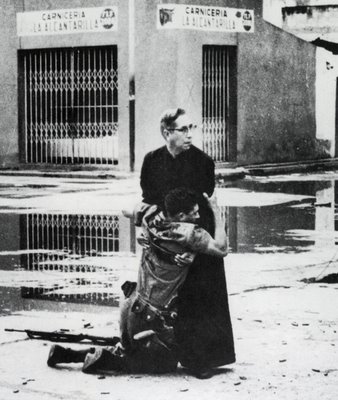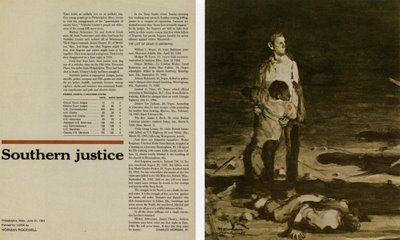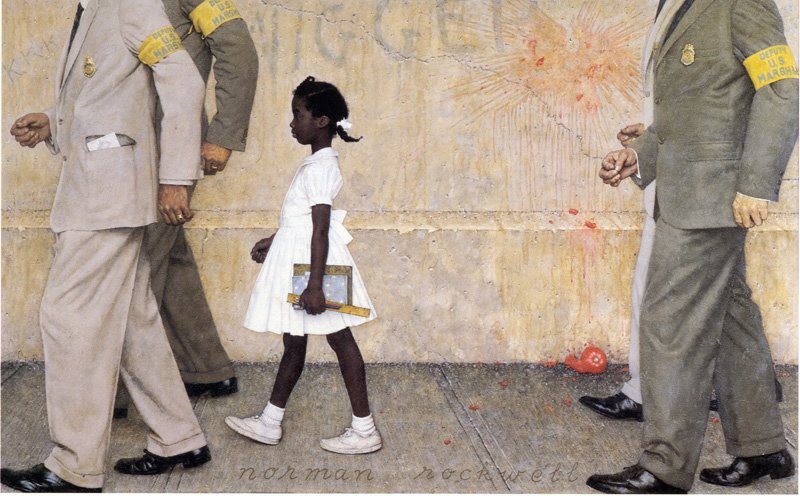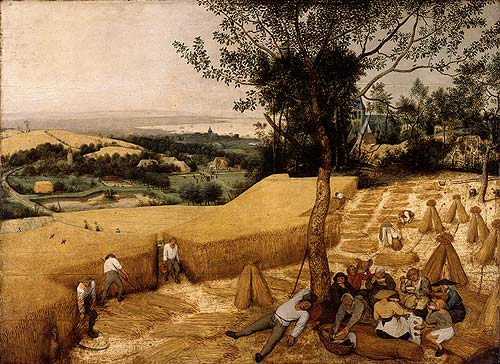On Thursday I went to see the Norman Rockwell Exhibition here at the Orlando Museum.
You would have to be the worst of cynics and have a heart of stone not to be moved by some of his paintings. The beautifully observed scenes of ordinary life are both funny and tender. Rockwell has his critics but he himself was happy to be an illustrator and “a teller of stories”.
This is the first time I have seen the original paintings, their size, their excellence in execution. The sheer virtuosity of some of his brushwork is breathtaking, working sometimes in thick impasto, sometimes in pale glazes where the strong underdrawing can be seen quite plainly and also forms the basic structure of the finished painting.
A large section of the exhibition is devoted to the work “Southern Justice” which depicts the deaths of 3 Civil Rights workers who were killed for their efforts to register African American voters.
We see Rockwell’s methods of working from his own staged photographs but also the original inspiration for the composition, the 1962 Pulitzer-winning photograph by Hector Rondon, “Aid from the Padre” showing a priest holding a soldier during the left wing uprising in Venezuela.
The painting was done for Look magazine in 1963 but interestingly they decided to accompany the article with an earlier possibly more atmospheric rough sketch.
Working for Look gave Rockwell more chance to address the problems that were current in America, particularly civil rights, which also prompted one of his most striking pictures, that of Ruby Bridges being escorted to school by US marshalls.
Follow this link to a short interesting blog posting by DB Dowd “Welcome to the Neighbourhood, Race Rockwell and New Hampshire” which discusses Rockwell and his anti racist stand in the light of the current elections here.
Now, living here in the American South, I view these images with a sharpened perception. I watch from the sidelines what goes on, and what is said, with some deepening dismay. Divides seem as deep and prejudice now finds new fuel in anti Hispanic feeling.
In contrast I also went to the Winter Park Spring art show today. A huge outdoor show of over 200 artists. It seems unfair to have a master of painting showing just down the road and I saw very little which I felt was of any value. Some very good technicians, in both oils and watercolour but predictable traditional images, flowers, palmy swampy Florida landscapes, fruit and still life (and the odd awful nude..) I heard one very nice lady contemplating a nice painting of a nice bowl of flowers on a nice cloth saying. ” ..oh I do like art I can understand”. It was indeed a very nice painting with a nice $7500 price tag.
How far has Kandinsky’s vision of abstraction, now almost 100 years ago, really got us I wonder?.. but if you want to make a living as an artist you have to sell what people want to buy ..it’s a difficult situation. The commercial artist does what he or she is asked for but sometimes can produce exceptional work of great importance and Rockwell is a prime example. If you don’t want to be a “commercial” artist you need a private income.
There was quite a lot of formula painting too, each piece nicely done with some good slick tricks of the trade. Learn a few of these and you can churn the pictures out quicker than a sweat shop in Taiwan. (Top in my pet hates are formula painting and the grotesque semi pornographic nudes masquerading as a “celebration” of the female form. They are beloved of the tacky galleries on the Costa del Sol, destined, no doubt, to adorn the walls of some sleazy expat petty criminal in Marbella.)
However there wasnt too much of that in Winter Park, follow this link to see the work for yourself, 49th Winter Park Sidewalk show. Some of the ceramics are stunning.
One lovely quote from the Rockwell exhibition is very relevant here. He once said to his son.
” Do you know why Breugel was able to paint such beautiful trees? Because he painted each one as an individual.”
We artists should all take note of that.


